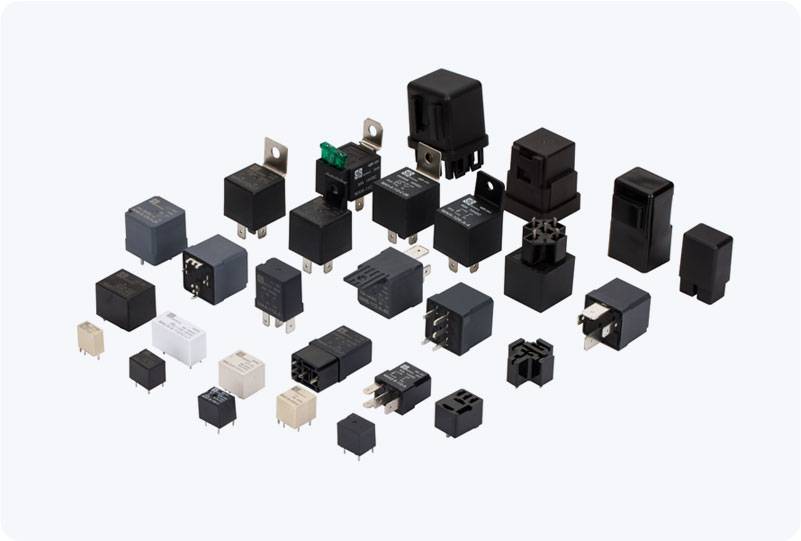A Thermostatic Mixing Valve (TMV) is an essential device designed to regulate the temperature of water by blending hot and cold water. This valve ensures that the water reaching faucets, showers, and other plumbing fixtures remains at a safe and consistent temperature. Whether in residential, commercial, or industrial settings, TMVs play a crucial role in preventing scalding injuries, conserving energy, and providing a comfortable water experience. This article explores the functionality, benefits, and applications of Thermostatic Mixing Valves, highlighting their importance in modern plumbing systems.

How a Thermostatic Mixing Valve Works The fundamental purpose of a TMV is to maintain a constant water temperature. It achieves this by mixing hot and cold water in specific proportions based on the temperature settings, adjusting the flow of each stream to maintain the desired temperature. For instance, if the hot water becomes too hot, the valve reduces the flow of hot water and increases the flow of cold water. Conversely, if the water temperature drops below the set point, the valve will decrease the cold water flow and increase the hot water flow. At the core of a Thermostatic Mixing Valve is a thermostat, which senses the water temperature and adjusts the mixing process accordingly. Many TMVs are equipped with a safety feature that limits the maximum water temperature to prevent burns or scalding accidents. Typically, the valve will not allow water temperatures to exceed 38°C (100°F), making them particularly useful in environments where vulnerable populations, such as children, the elderly, and individuals with disabilities, are using the water.